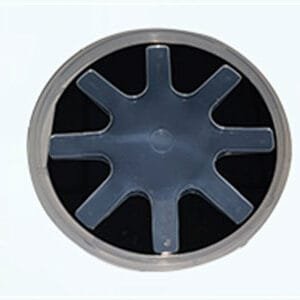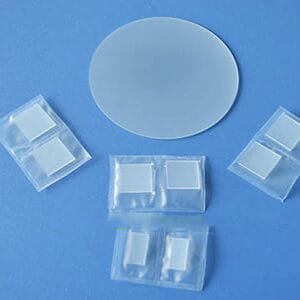Premium GaAs Wafers by TFM: Advancing Gallium Arsenide Technology
At TFM, we specialize in producing premium GaAs wafers that are engineered with exceptional precision and unmatched quality. Our state-of-the-art manufacturing techniques guarantee consistent performance, solidifying our position as leaders in gallium arsenide technology. We are dedicated to continuous innovation, constantly refining our processes to uphold the highest industry standards.
What distinguishes TFM is our emphasis on customization and client satisfaction. We collaborate closely with our customers to tailor GaAs wafers to meet their specific requirements, ensuring reliable and consistent performance. With rigorous quality control, our wafers deliver the trusted results you need.
GaAs Wafer (Gallium Arsenide Wafer) Specifications
- Size: Available in 25mm x 25mm, 10mm x 10mm, 10mm x 5mm, 5mm x 5mm, 2″ Dia, 3″ Dia, 4″ Dia, 6″ Dia (custom sizes upon request)
- Thickness: 350 µm, 650 µm (Tolerance: ±25 µm)
- Polished: SSP or DSP
- Orientation: <100>, <110>, <111>
- Redirection Precision: ±0.5°
- TTV (Total Thickness Variation): <10 µm
- Bow: <20 µm
- Warp: <20 µm
- Surface Roughness (Ra): <5 Å
GaAs Wafer (Gallium Arsenide Wafer) Physical Properties
- Material: GaAs
- Growth Method: VGF, VB
- Lattice Constant: a = 5.653 Å
- Structure: M3
- Melting Point: 1238°C
- Density: 5.31 g/cm³
- Doped Materials: Si-doped, Zn-doped, Undoped
- Type: N-type, P-type, Semi-insulating
- Carrier Concentration: 5 x 10¹⁷ cm⁻³
- EPD (Average): <5 x 10⁵/cm²





Reviews
There are no reviews yet.